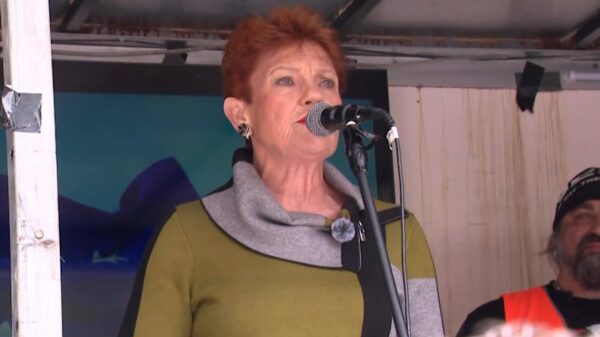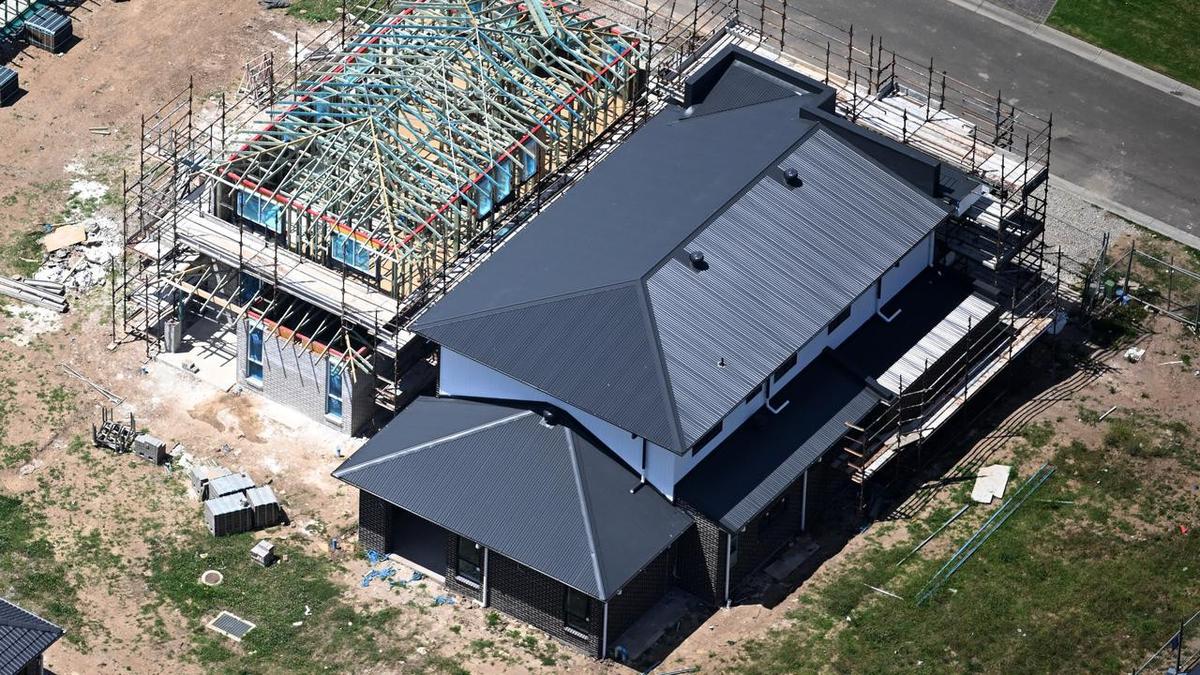URGENT UPDATE: The Australian government faces mounting pressure over a potential freeze on construction code updates, which experts warn could lead to skyrocketing housing costs and energy inefficiencies. Just announced, Treasurer Jim Chalmers confirmed that streamlining the national construction code is a priority, but the implications of pausing updates could be severe for future homebuyers and tenants.
Electric vehicle (EV) owners are already grappling with challenges in installing chargers in apartment car parks, and a freeze may exacerbate these issues. Luke Menzel, chief executive of the Energy Efficiency Council, emphasized that integrating charging infrastructure during construction is crucial. “If we don’t have those sorts of sensible ideas incorporated into code regularly, we’re just loading up additional costs,” he stated.
The complex, over 2,000-page construction code has become a focal point of a recent economic reform roundtable attended by key figures from politics and business. While some argue that simplifying the code is necessary for faster housing delivery, others insist that maintaining high standards is essential for safety and energy efficiency.
Housing Minister Clare O’Neil has hinted at the possibility of a temporary hold on updates but is attempting to balance high standards with the need for builders to navigate the code easily. “The balance we are trying to strike is how to maintain high standards without creating a moving target for builders,” she told ABC TV.
The Housing Industry Association and the Master Builders Association support a freeze, with calls to pause “non-essential” changes through mid-2029. This period coincides with the national target of delivering 1.2 million new homes, which is now at risk of falling short.
Critics like Cass Goldie of the Australian Council of Social Service argue that a freeze could disproportionately impact low-income households, who are already vulnerable to the costs associated with climate change and energy transitions. “Households least able to afford home retrofits have a lot to lose if reforms miss the mark,” Goldie warned.
Architect Dick Clarke, president of Renew, believes there are opportunities to simplify the code without compromising quality. Going on hiatus could stall vital progress in housing sustainability and energy efficiency, particularly as Australia faces increasing temperatures, including days above 50°C in Western Sydney.
The stakes are high. As buildings adapt to the evolving electricity grid, Menzel warns that failure to ensure buildings interact effectively with the grid could lead to increased infrastructure costs, ultimately driving up prices for all Australians. “This is not some esoteric issue,” he asserted.
As discussions continue, the government must navigate the complex landscape of housing needs, energy demands, and economic realities. All eyes are on O’Neil’s next moves as stakeholders await clarity on the future of the construction code, which could have lasting impacts on housing affordability and sustainability.
Stay tuned for more updates as this situation develops.































































